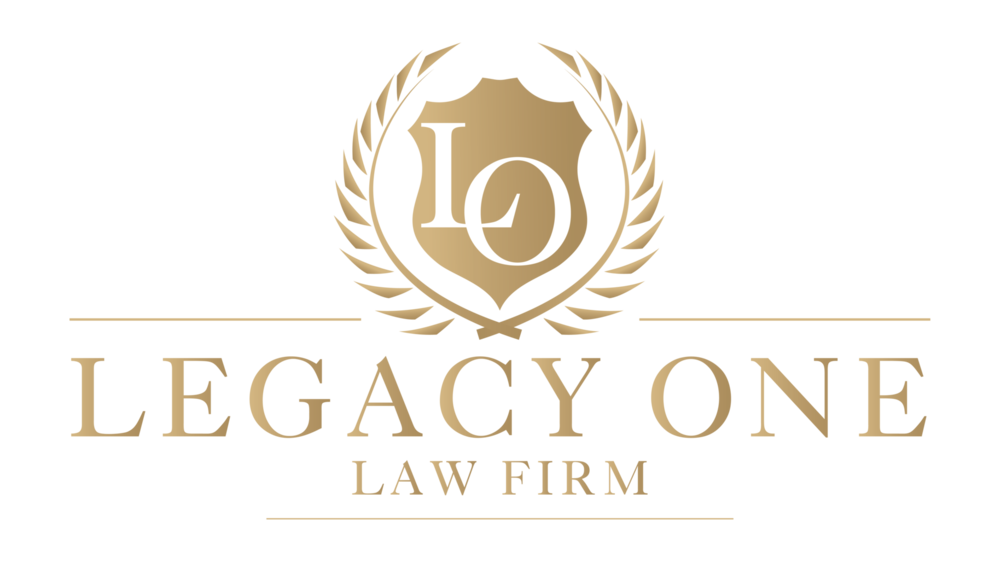Despite its advantages, portability isn’t always the solution, even as it’s been used to take the pressure off couples to focus on using as much estate and gift tax exclusion as possible after the first spouse’s death. According to a recent article from Wealth Management, “Portability and Second Marriages,” portability might be a mistake.
The couple and their estate planning attorney need to consider whether leaving the executor with the discretion to use portability is appropriate, and if it is, who the executor should be and how the estate tax burden should be allocated.
The problem with portability in nonstandard families is this: it allows the surviving spouse to use the DSUE (Deceased Spouse’s Unused Exemption) amount personally, instead of requiring it be used for the beneficiaries of the first spouse to die. It’s almost like leaving assets outright to the surviving spouse. In the case of a testate decedent, Treasury regulations provide that only the executor may make the portability elections. The executor should probably not be also a beneficiary and should not be responsible for making the portability election.
Let’s say the estate isn’t large enough to require an estate tax return filing. If the executor is a child from a prior marriage, they may not choose to incur the expense of filing an estate tax return solely to make the portability election for the second spouse. Instead of having the family involved in a disagreement over the need for a return or determining who will pay for its preparation, a better option is to have the estate plan direct whether an estate tax return should be filed to elect portability and if this is done, establish who is responsible for the cost of the preparation and filing.
In complex families with children from a prior marriage, a Qualified Terminable Interest Property (QTIP) trust is used for the surviving spouse, with the trust assets eventually passing to the client’s descendants. However, if the QTIP trust is combined with portability, the estate plan may not operate as intended.
Here’s an example. Ted marries Alba several years after his first wife, Janine dies. Ted has three children from his marriage to Janine. He bequeaths most of his estate to a QTIP trust for Alba and the remainder to his children, naming Alba his executor. At Ted’s death, Alba elects QTIP treatment for the trust and portability. She then makes gifts of her assets to her family using Ted’s DSUE amount. Alba dies with an estate equal to her basic exclusion amount, which she also leaves to her family. The QTIP trust pays estate tax, and Ted’s children receive no benefit from Ted’s exclusion amount.
Even if Alba didn’t make gifts to her family, assuming her estate was large enough to absorb most of her applicable exclusion amount (including the DSUE), the QTIP trust would have to contribute to pay the estate taxes attributed to it unless the estate plan waives reimbursement. Thus, the QTIP trust could bear most or all of the estate tax at the death of the second spouse, while the second spouse’s personal assets are sheltered in part by the deceased spouse’s DSUE amount.
In cases like this, the prudent course of action may be to use traditional credit shelter/marital deduction planning. If there’s a DSUE amount available, the estate plan could direct whether it will be used and how the tax burden on the QTIP trust is handled.
An experienced estate planning attorney will look at the family’s situation holistically and evaluate which strategies are most appropriate to distribute the property per the parent’s wishes to minimize taxes and ensure that the estate plan achieves its goals.



